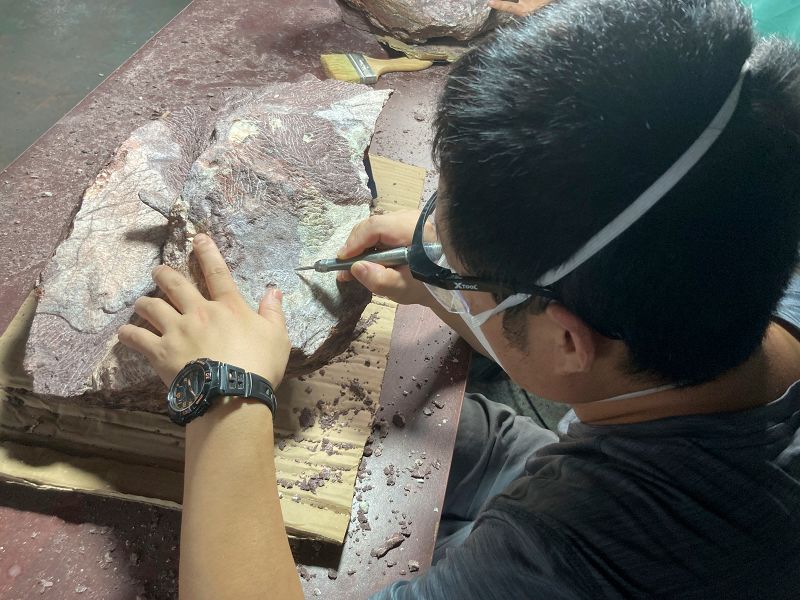The thrilling discovery of dinosaur fossils in Hong Kong marks a significant revolution in the field of paleontology, manifesting an unprecedented event in the region’s geology and humanity’s understanding of prehistoric life. The fossil fragments, identified as parts from the lower jaw of a dinosaur, have given scientists incalculable insight into what species may have lived in the region during the Mesozoic era.
Archaeologists and paleontologists came across the two fossil teeth during a field trip in the region. The teeth, interestingly enough, belong to two diverse types of herbivorous dinosaurs. As explained by experts, the first tooth belonged to a large, long-necked herbivore known as a Sauropod. These magnificent beasts were among the largest creatures to have ever roamed the earth. The other tooth came from a smaller herbivorous dinosaur, a type of Iguanodon. The identification of these teeth as dinosaur fossils was made through a well-executed comparison with previously known specimens excavated from other parts of the world.
The age of the discovered fossils can be posited around the Late Jurassic period, based on the team’s preliminary assessment of the rock’s strata and characteristics. This period, occurring between 145.5 and 161.2 million years ago, is notable for the significant surge of dinosaur diversity that took place. This period is also characterized by substantial continental drift and the advent of the first birds, making it a time of intense evolutionary dynamism.
The unprecedented discovery of these dinosaur fossils in Hong Kong speaks volumes about the geographical and geological history of this region. Until now, scientists have had limited knowledge about dinosaurs’ existence and distribution in Hong Kong. However, this discovery offers irrefutable evidence that a diverse array of dinosaurs once roamed the region, indicating a vibrant, thriving ecosystem teeming with a variety of life forms.
Moreover, the discovery emboldens scientists to believe that more dinosaur fossils might be buried deep within the soils and formations of the region. These teeth pave the way for future archaeological ventures, heralding the likelihood of uncovering more traces of prehistoric life. The fact that the teeth belonged to different types of dinosaurs points to a potential wealth of other dinosaur species just waiting to be unearthed.
With this discovery, it has been established that the region’s geological past has been undeniably characterized by the existence and activity of diverse dinosaur species. The existence of these fossils is a physical testament to the dynamic and groundbreaking






























